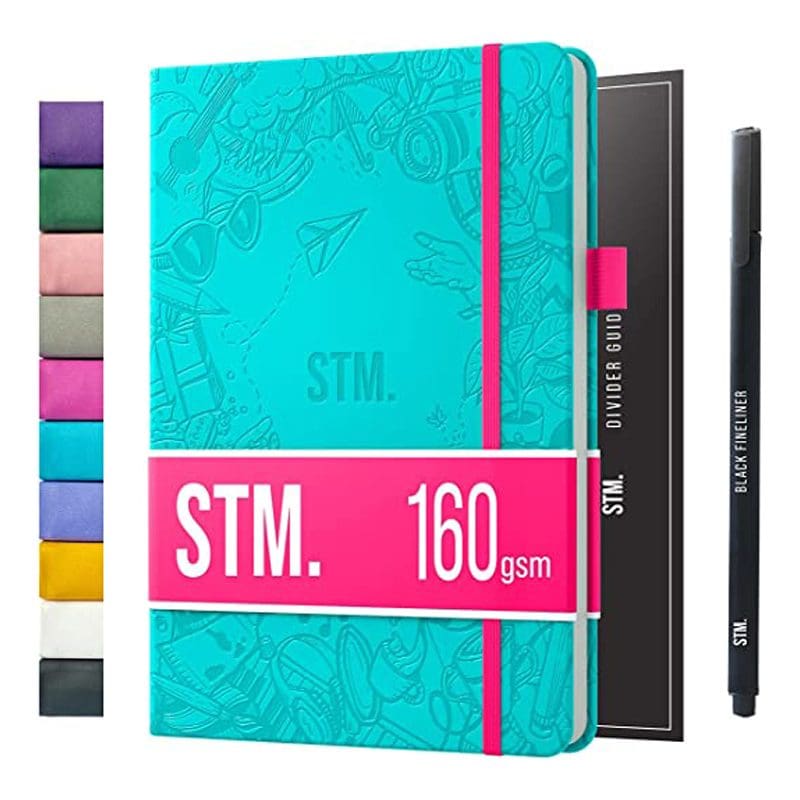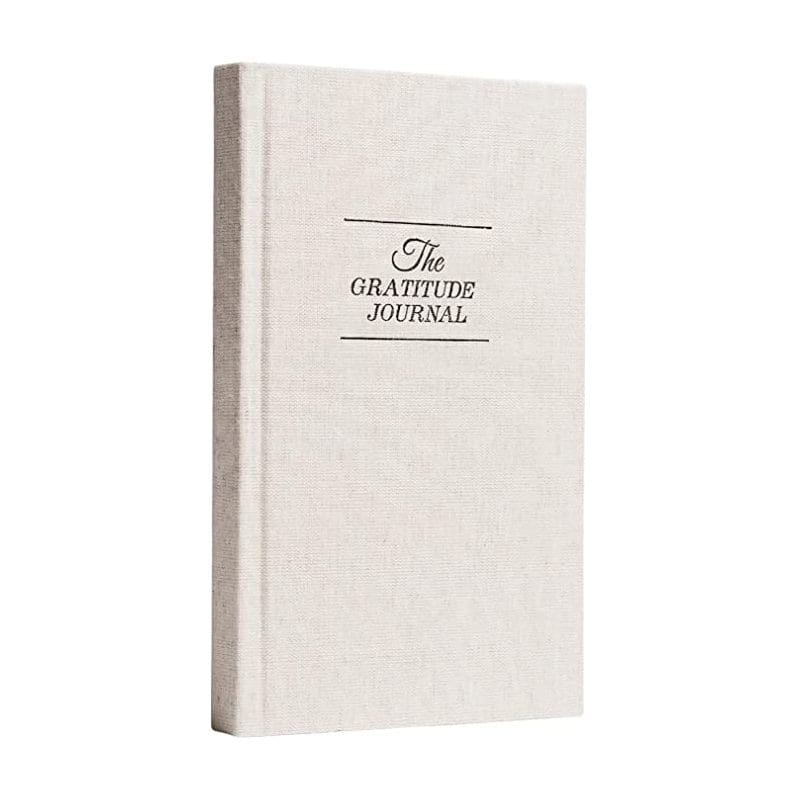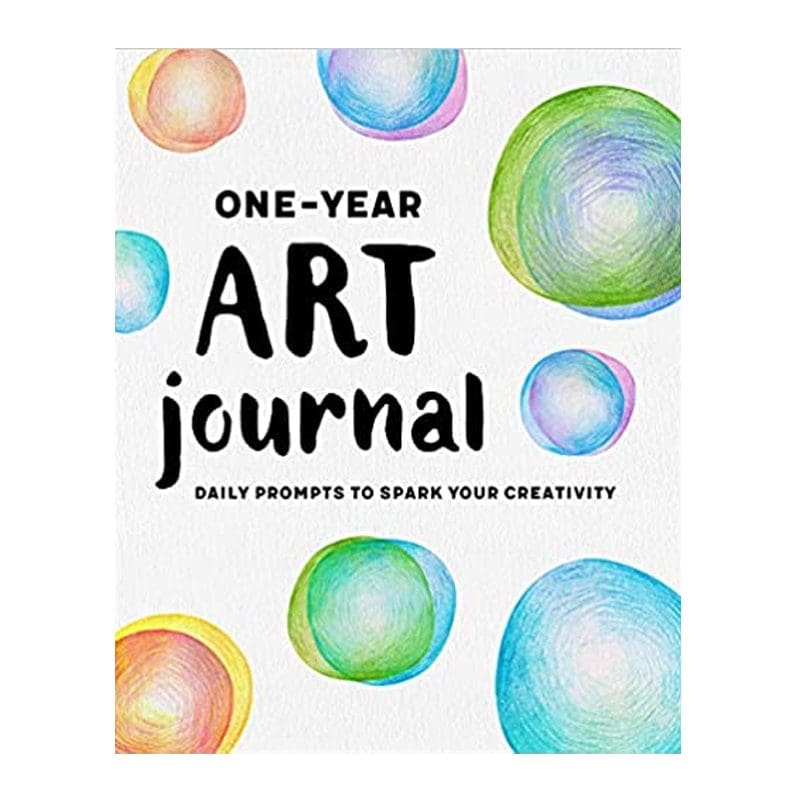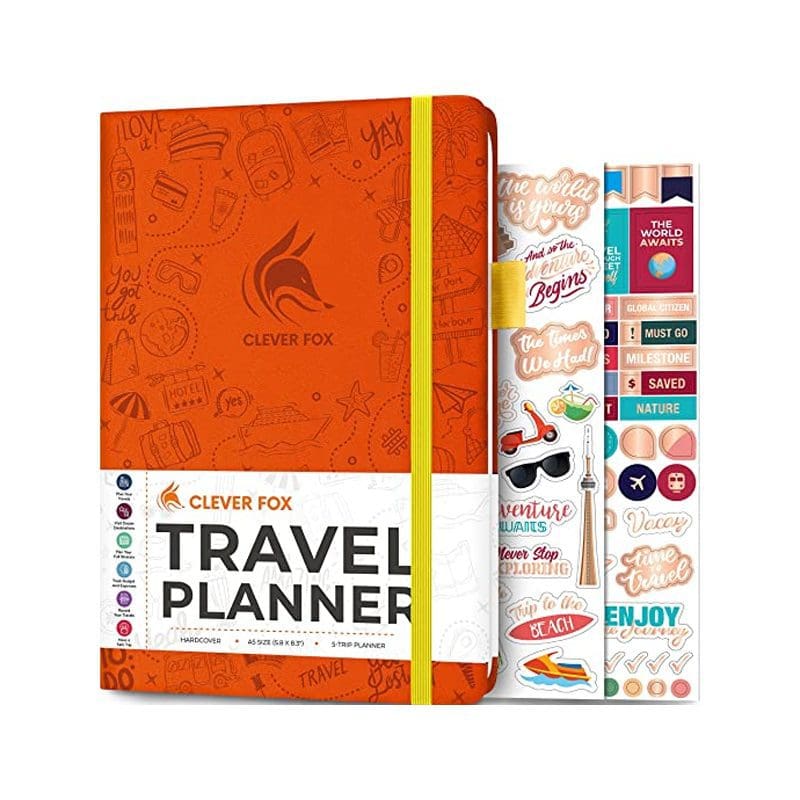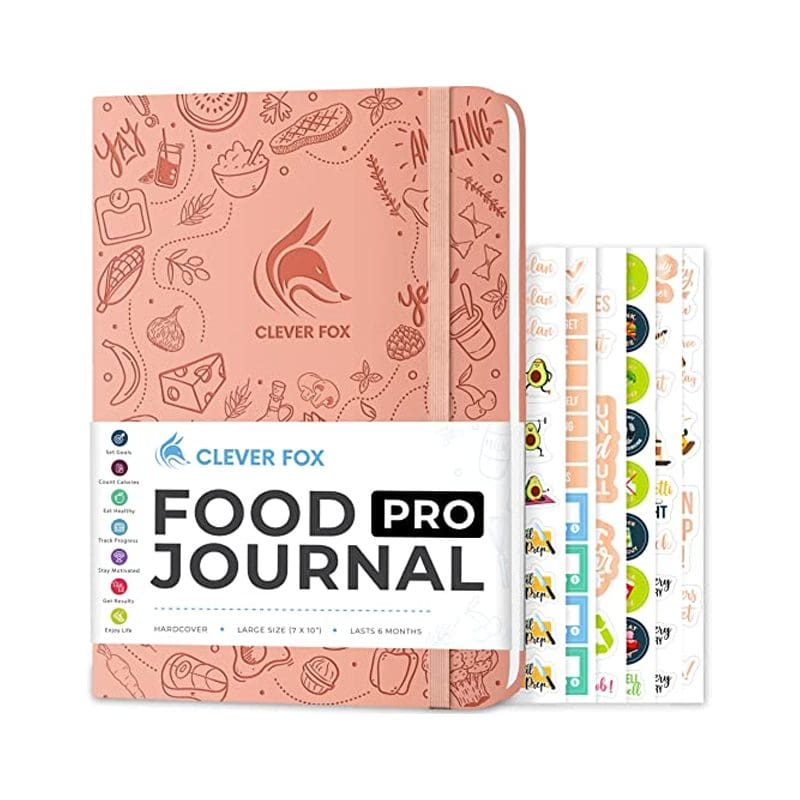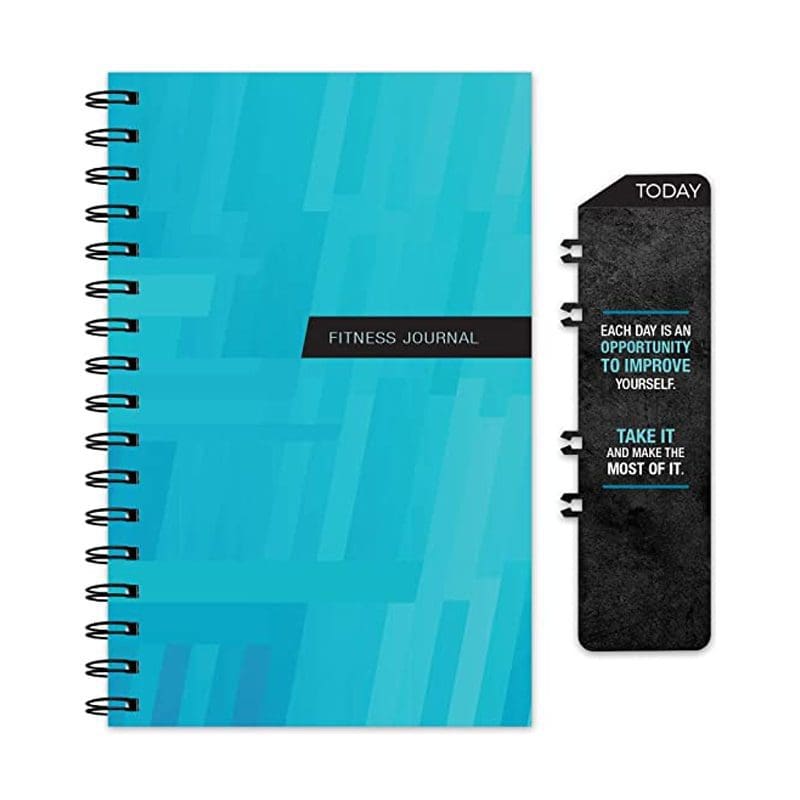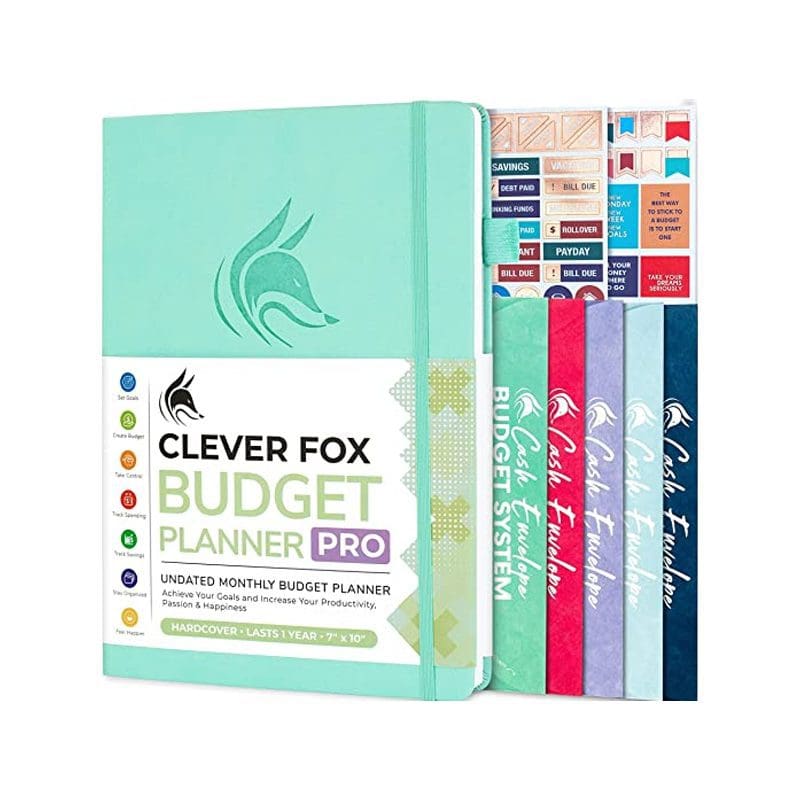
In this post let’s explore 12 different types of journals, to help you find which one is right for you. A journal that fits your personality and lifestyle!
Imagine being able to organize your thoughts, and explore your feelings so you can get to know yourself better.
What if you were to use this as a compass that could help you find your way to where you want to be?
We all know that journaling is a very personal and private document. So many pages of thoughts, emotions, and desires are all put down on paper. It’s our personal story of what happened and what we want to happen. Our past, present, and future all rolled into one.
The history of where we’ve come from, what we’ve done, what we’ve regretted, and the future we want to create!
What Is Journaling?
Journaling is a daily practice that many people do to help them organize their thoughts, process their emotions, and make sense of their lives.
It’s a way to get your thoughts and feelings out of your head and down on paper so you can process information more from an outside perspective. This method is helpful when trying to figure out what you want or need to do next when searching for answers.
Journaling can help you process your thoughts and feelings after an event or experience. It can be helpful when figuring out what path you want to go down next or doing some soul searching.
Some people prefer to write in a journal, while others prefer to speak in a voice recorder. Some choose to use digital journals or apps.
Journaling been around for centuries but only recently got popular. It’s not just for writers, artists, or people who want to take notes about their day-to-day lives.
Anyone can use journals as a tool for self-reflection, self-discovery, healing, visualization, and intention setting.
What Are Examples Of Journals?
There are many different types of journals, ranging from personal to professional. They can be used to record your daily activities, your thoughts, behaviors, track your moods, or even log what you eat.
Here are some examples of journals that you can come across:
- Personal Journal: A personal journal is a private record of your thoughts, feelings, and experiences. This type of journal is often used for reflection and self-exploration.
- Eating Journal: An eating journal is a personal journal that focuses on tracking your food intake and documenting your relationship with food. This type of journal can be helpful for those who are trying to improve eating habits or lose weight.
- Accountability Journal: A person who wants to track their daily activities by journaling. This includes what tasks they did toward their goals and dreams, how they felt, and any thoughts or reflections on what they can improve on to stay on track and achieve their goals.
- Goal and Visualization Journal: Where you write down your goals and then imagine yourself achieving them. This journal can help you understand how intuitive you are about your future. It can also show you the energy you need to bring to make your goals happen. Additionally, this journal can help you identify any energy shifts blocking your progress.
- A Behavioral Journal: A way to track any unwanted behaviors. This can help you identify patterns and triggers for these behaviors. The information can then help you improve or eliminate certain behaviors.
- Manifestation Journal: A manifestation or law of attraction journal is used to record your wishes and desired lifestyle. Writing down what you want and doing intention-setting rituals to get the law of attraction working for you is said to help with the energy of achieving your wishes.
- Gratitude Journal: Use this notebook to write down things that you are grateful for and that make you happy. This journal can help shift your focus from negative to positive perspectives and feelings.
Additionally, gratitude journals have been linked with increased levels of happiness and well-being.
And so much more…………
How Many Types Of Journaling Are There?
There are three main types of journaling: Free-form, Guided, and Structured.
Free-form journaling is when you can write about anything you want in your journal.
Guided journaling is an effective way to deal with life’s hardships. It allows you to focus on your thoughts and feelings in a safe space by having a professional guide you through what you should write about.
Structured journaling is when there are specific prompts for what you should write about in your journal each day or week.
Journaling is a very personal experience so it makes sense that every journal and method tends to have different styles.
A lot of them will probably have features and the ability to customize the journal so you can add various types of entries.
Always check before purchasing, so it meets your needs.
Different Types Of Journals

Below is a list of 12 different types of journals. Let’s take a look at what each one offers :
1. Blank Journal
A blank journal is great for anyone looking to start a new habit or have a place to write down their thoughts, draw or even paint their emotions!
Blank pages can be enjoyable if you want to stick images on them.
They’re also great for visualizing and mapping out where you are in life. People can use blank journals to document their thoughts, feelings, and experiences without being limited by the format of a traditional lined notebook.
2. Scribbles That Matter Bullet Journal
The Scribbles That Matter bullet journal is a great way to organize your schedule and add little personal details. It has key pages, index pages, and two color-coded bookmarks, as well as numbered pages with dots in the margins.
Organization is easy – set up is stress-free. You’ll love the acid-free paper (no fading or feathering) and smooth surface.
The cover comes in a variety of colors and the journal has two different paper qualities to select from. You can either choose between the 120gsm or the 160gsm.
This journal is made from a high-quality faux leather cover and the quality of the binding means not worrying about pages falling out.
This A5 journal is very portable, and includes pen holder, so you keep searching for a pen when you need one.
This journal also has a community of like-minded individuals that share their tips and inspirations on using this journal.
3. Dream Journal
A dream tracking journal is a tool that can help you do just that. The dream tracker is helpful in providing insights into our subconscious mind and help us understand our dream symbolism by recording and analyzing our dreams.
The dream journal can help you improve your dream recall, it can also help you interpret your dreams.
By keeping track, you can see patterns and themes emerge.
This can be a valuable tool for self-reflection and growth.
4. The 5 Minute Gratitude Journal
The 5-minute gratitude journal is a great way to start your day on a positive note in life. It only takes a few minutes to write down what you are grateful for, and it can make a difference in your outlook in life. This also sets the tone for the day with feel-good vibes!
In a gratitude journal, you’d want to write an entry daily. Though, monthly and annual pages work just as well, especially for bigger blessings.
5. Art Journal Book
An art journal book can help you express your creativity fun and unique way.
This is the ideal journal if you want to document your life visually by colors or have some fun expressing your emotions through art. There are different options to choose from; you’re sure to find the perfect art journal book.
As mentioned earlier, you can also record your personal thoughts through drawings, collages, and more. This is called art journaling.
6. Hobby Journal
A hobby journal is closely related to art journaling; only this time, it is more focused on a specific hobby (regardless if it is considered “creative” or not).
Not only will a hobby journal help you to remember all the wonderful details of your hobby experiences, but it can also be a great way to document your progress and growth. If you’re someone who likes to set goals and track your progress, a hobby journal can be an invaluable tool.
We have also seen cross-stitchers keep these journals that contain their progress and any wins.
7. Reading Journal
A reading journal can be categorized as a hobby journal, true, but not everyone really considers reading a hobby?
For example, students or academicians who want to keep track of the references they have read or accessed so far can use this journal to take down notes and meaningful passages. Explore some reading journals and see for yourself ?
They can then use and quote these entries in their paper later on.
8. Travel Planner Book
A travel planner book or journal is the perfect way to stay organized and prepared for your next big trip.
It will help you keep track of all the essential details, but it can also be a great inspiration and motivation as you plan your dream vacation.
There are a few things to consider when choosing the right travel planner book.
First, think about what type of traveler you are?
Are you the type who likes to plan every detail, or do you prefer to wing it and see where the wind takes you?
This will help you decide on the level of detail that you need in your book.
If you like to plan everything, you’ll want a book with plenty of space for notes and reminder lists.
Traveler’s notebooks are also an excellent option for this type of traveler, as they provide plenty of space for jotting down ideas and thoughts.
9. Weight Loss Planners
Weight loss planners are a fantastic way to help you stay on track with your weight management goals.
By planning out your meals and snacks ahead of time, you can be sure that you’re getting the nutrients you need and staying within your calorie count.
Weight loss planners can also help you stay motivated by keeping track of your progress and seeing how far you’ve come.
10. Home Workout Journal
Whether you’re using your home workout journal for exercising at home or going to the gym, it’s critical to maintain track of your exercises. This way, you can push yourself a little further each time and regularly congratulate yourself for doing some activity.
The journal is an excellent way to track your progress. You can see how far you have come and how much more you need to do to reach your body shape or fitness goal.
11. Expense Tracker Notebook
The budget planner is an excellent option if you’re looking for an expense tracker notebook with prompts.
This money notebook can help you keep track of your expenses and stay on budget.
With its handy features, the clever fox budget planner is perfect for anyone who wants to save money and become more financially savvy.
This journal helps with keeping track of where your money is going.
You can use it to track your debt and savings. It has an extensive calendar spread for bills or payments due on specific dates.
The pro version of the Clever Fox budget planner has two pages for setting financial goals and two pages for creating a strategy and tactics.
There are four pages for tracking your savings, six pages for tracking your debts.
There’s also two pages for budgeting for Christmas, two pages for tracking regular bills, and two annual summary pages.
This planner also includes dot-grid pages that you can use to follow any other information you want.
12. Project Journal
The project journal is an essential tool to ensure the success of a particular project that needs to be achieved.
It is a written record of all related activities, discussions, decisions, and objectives.
This document has action steps that need to be followed.
This type of journal is used to communicate status and updates to any stakeholders.
It can also serve as a training tool and a reference for lessons learned and successful steps along the way while working on the project itself.
Different Styles Of Journaling
As you probably know, there are many different styles of journaling.
Some people prefer to write in a stream-of-consciousness style, while others prefer to focus on specific topics or themes.
Still, others like to mix and match different styles depending on their mood or the type of entry they’re making. It depends on what you want to use your journal for.
To give you an idea, here are the four methods of journaling you can use:
1. Free-Flowing
With free-flowing journaling you are just going to write down your thoughts as freely as they come.
There is no censorship or organization. Rather, the objective is simply to chase down what you want to say.
This type of journaling is great for blank, dream, or gratitude journals.
2. Organized
Contrary to free-flowing, those who want to give their journaling more structure can follow the organized journaling method.
This style is great to use for planners, project trackers, bullet journals, and others that require a specific format for increased clarity and accuracy.
3. Creative
The creative journaling method is usually used for art and hobby journals. Unlike the first one, it doesn’t require writing that much.
Basically, with creative journaling, you are free to explore different methods of putting your thoughts and ideas onto paper. These methods can be in collages, calligraphy, drawings, and more.
4. Digital
When it comes to journaling, you don’t always have to use paper.
Digital journals can work just as efficiently, especially if it’ll encourage you to journal more often.
It’s a great option for people who want to incorporate images into their journal for reference but don’t always have access to a printer.
With enough research, you will find various journaling applications to install on your phone for journaling on the go.
How Do I Journal My Thoughts?

How do I journal my thoughts?
A typical question many people ask when they are first starting to journal.
The answer is quite simple: there is no right or wrong way to journal your thoughts.
Depending on your style and your preferences, you can mix and match the types of journaling styles we just listed.
What’s important is to find the style that suits your personality. It has to be something that can get you in the groove to put your thoughts into paper more efficiently and accurately.
Unsure about the journaling style you want to try? Here’s what you can do-
Get a blank journal and start filling it out.
Use this as a testing ground to experiment with the different types of journaling styles we shared earlier.
Eventually, as you get more used to the habit, you will naturally gravitate to a specific style or mixtures of styles.
This ultimately becomes your journaling style. Since journaling is a personal activity, note that what might work for others may not work for you.
Nonetheless, feel free to explore various sources of journaling inspiration online.
Who knows what you might discover, right?
The most important thing is choosing methods or exercises that appeal to you the most. This will also help in determining your personal style.
How To Start A Journaling Habit
The easiest way on how to start a journaling habit is to grab a pen and paper and just start writing. However, if you want a more structured way to go about it.
Here is a quick step-by-step guide you can follow:
Step 1: Determine Your Purpose
One of the things you can do is determine your purpose for keeping a journal.
Why do you want it, and what do you want to achieve?
How will your journal improve the quality of your life?
Look at the different types of journals and choose the one you feel will be most helpful for you.
Step 2: Choose Your Journal
The next step after recognizing your purpose is to choose your journal.
It can be as simple as a blank notebook you probably have just lying around your house.
Although keep in mind all of the benefits of choosing a ready-made journal with prompts and one suited to your specific needs.
These journals usually last longer and can motivate you to write more often.
Step 3: Get Your Journaling Tools Ready
Should you choose an analog journal, it can help if you get your journaling tools ready beforehand.
There’s nothing more frustrating than starting a page and realizing that you don’t have the images, stickers, or art materials you need to complete your vision.
Leaving all of your journaling tools in the same spot each time, helps with building a healthy routine.
Step 4: Choose A Special Journaling Spot
It is essential to keep distractions to a minimum when journaling. Somewhere private and peaceful is ideal.
Choose a special journaling spot. Also, remember to turn off any digital device or put it in airplane mode to minimize further distractions.
This way, you gain maximum benefit from your time journaling in your special spot.
Step 5: Make Time For Journaling
Once your journal and tools are ready, you can finally start journaling.
You would want to incorporate journaling time into your schedule so that you will never forget to make an entry regularly.
Step 6: Hold Yourself Accountable.
Journaling can be a very therapeutic experience, but you won’t be able to make the most out of its benefits if you don’t practice it regularly.
It would be best if you keep a tracker of your journaling sessions to make yourself more accountable for the habit.
There are also online groups, like NaNoWriMo, that can motivate you to journal diligently.
It is usually easier to do something when you are sharing the experience with other people.
Step 7: Turn It Into A Pleasurable Experience.
Finally, holding yourself accountable doesn’t mean you must force yourself into doing it.
Do not look at journaling as a chore.
Instead, see it as a pleasurable experience, an escape from the mundanity of everyday life.
With these steps in mind, we are sure you will get into the journaling habit in no time.
To Sum It All Up
Our minds tend to get cluttered with thoughts and ideas, especially in our fast paced world.
The challenge is knowing which thoughts are valuable ideas and reflections that we simply shouldn’t forget.
This is what journaling is for—to collect and record your thoughts and put them in a single place, your journal. That is why there are different types of journals and journaling methods.
Finding your own style will make your journaling experience more enjoyable and easier to do.
Remember, the more you put it into practice, the more benefits you will be able to enjoy later on.
We hope you enjoyed our tips in establishing a journaling habit to make the experience even more enjoyable. Thank you for being here 🙂
Disclaimer: Our web pages and blog posts provide general information for general purposes only and not to be used for any medical, legal or alternative health advice for any type of physical, mental health or financial concerns.Always speak to your practitioner before embarking on any new alternative treatments. If you have concerns about any medical matters, you should always consult your healthcare provider without delay.We thank you for taking full responsibility for your own health and wellbeing in life. ☺
